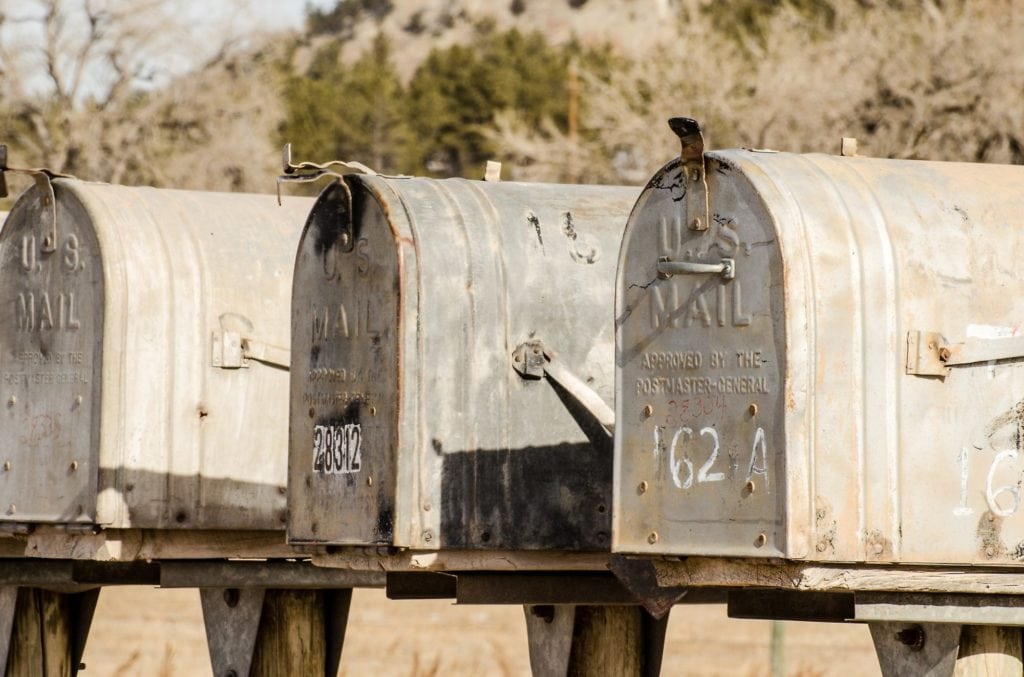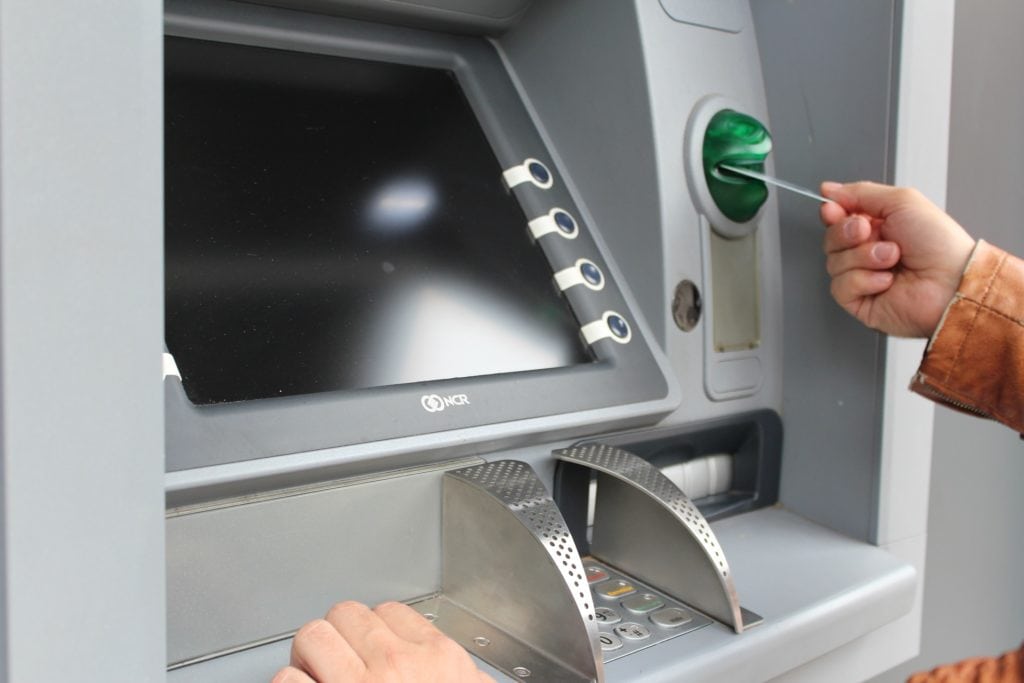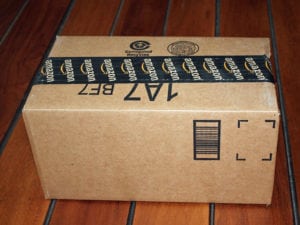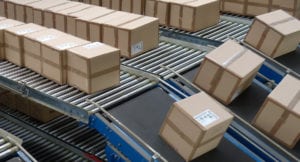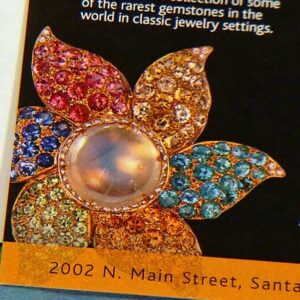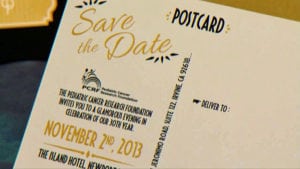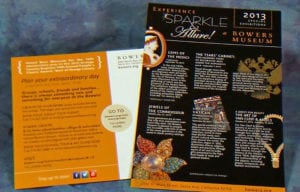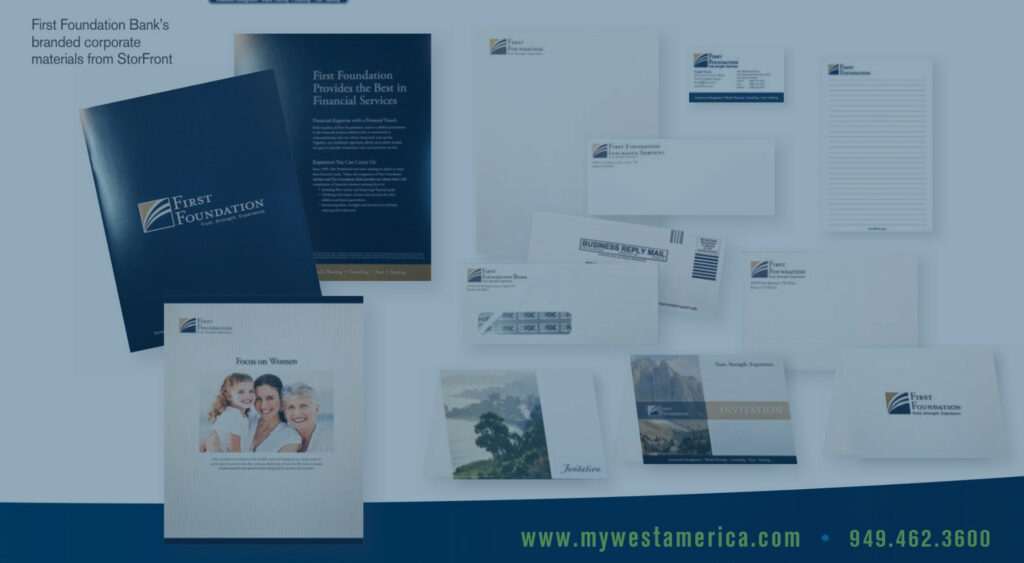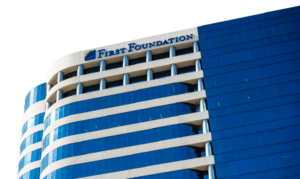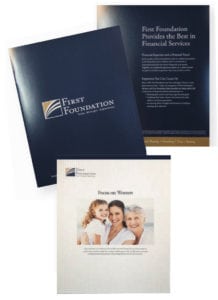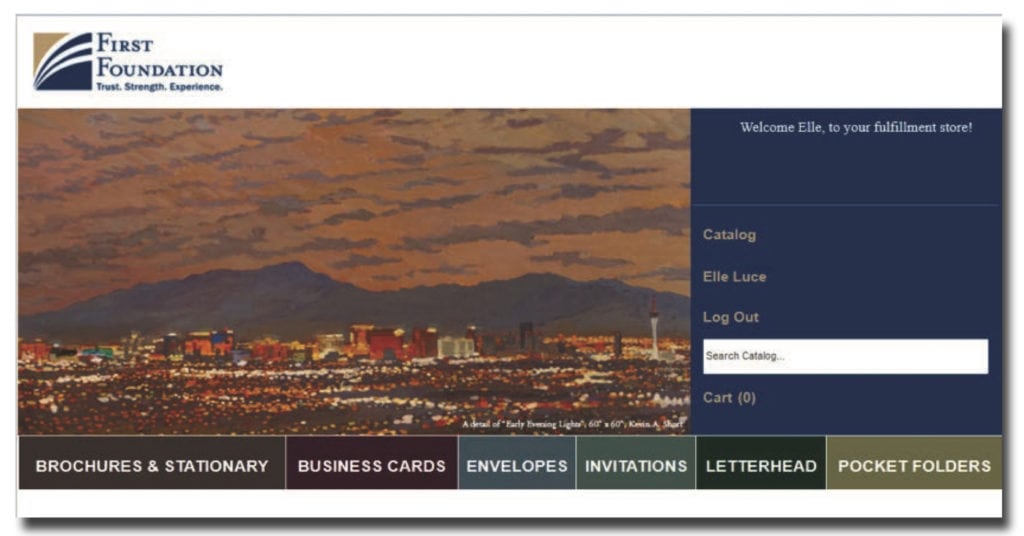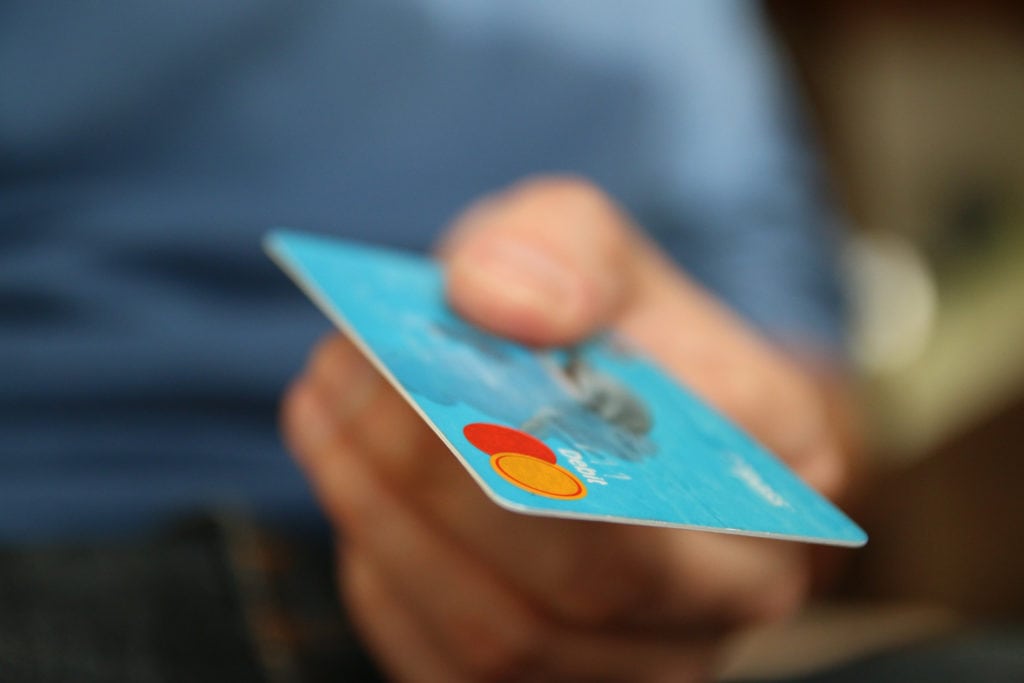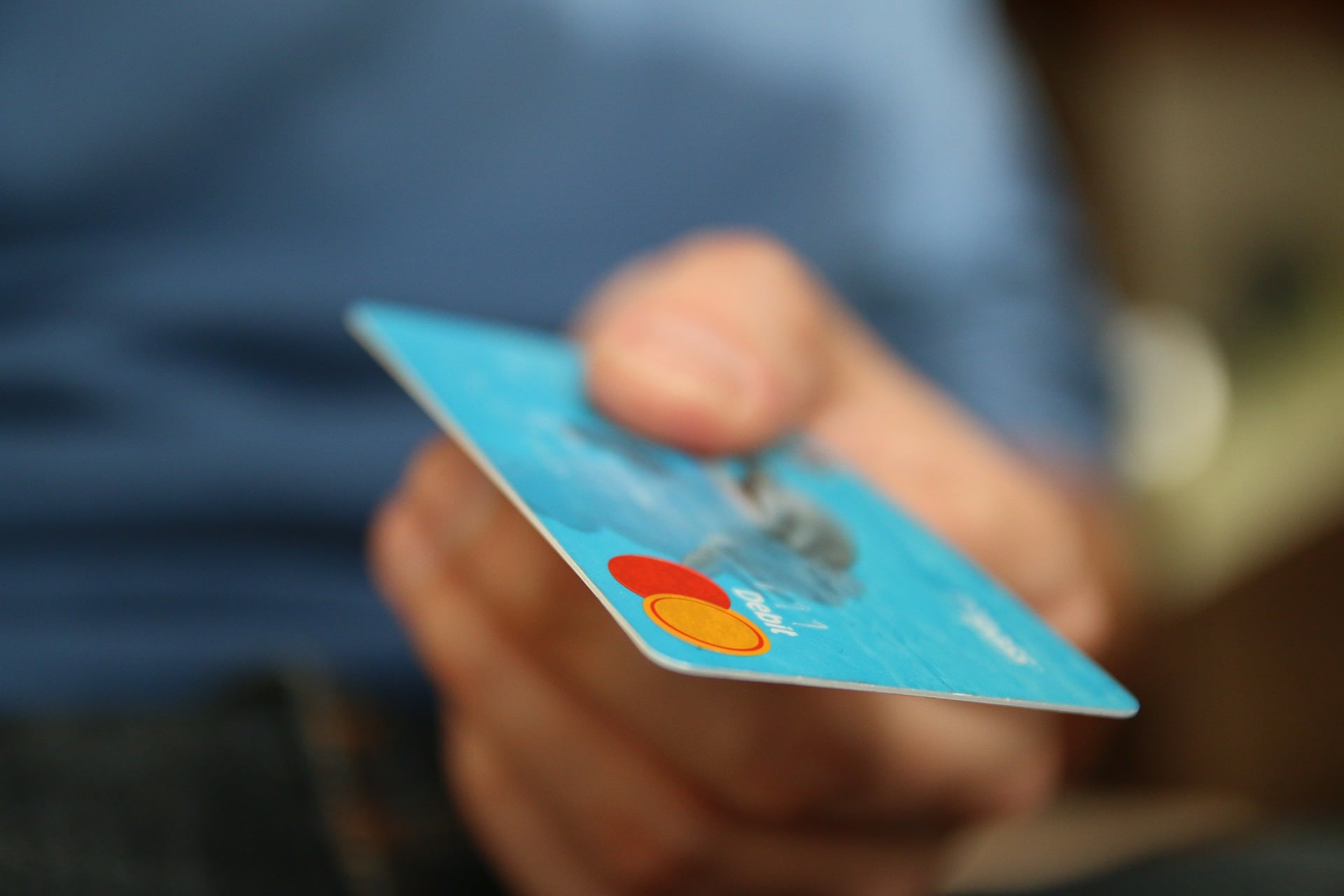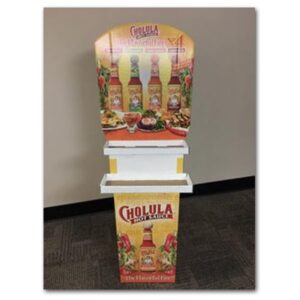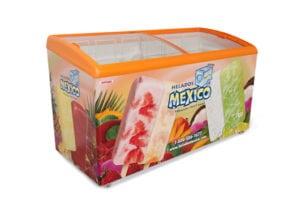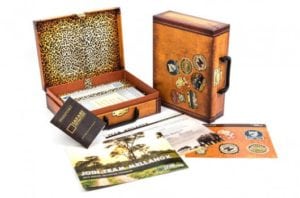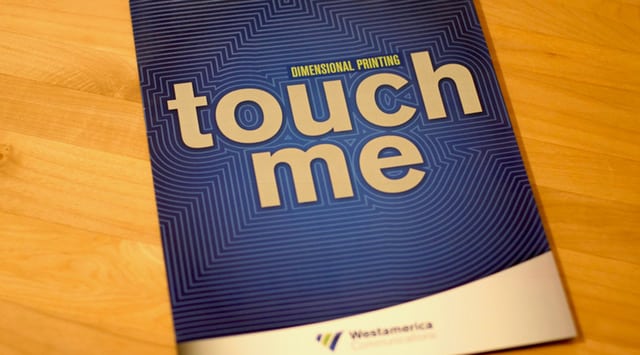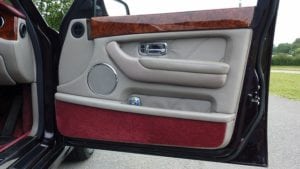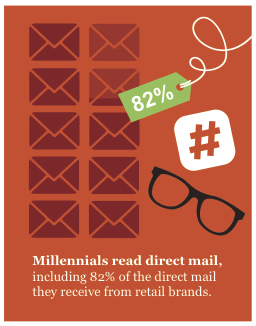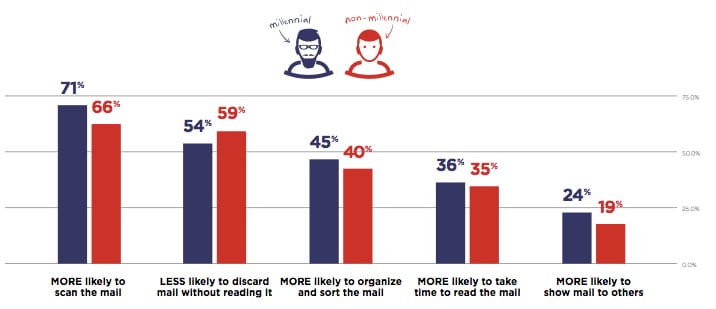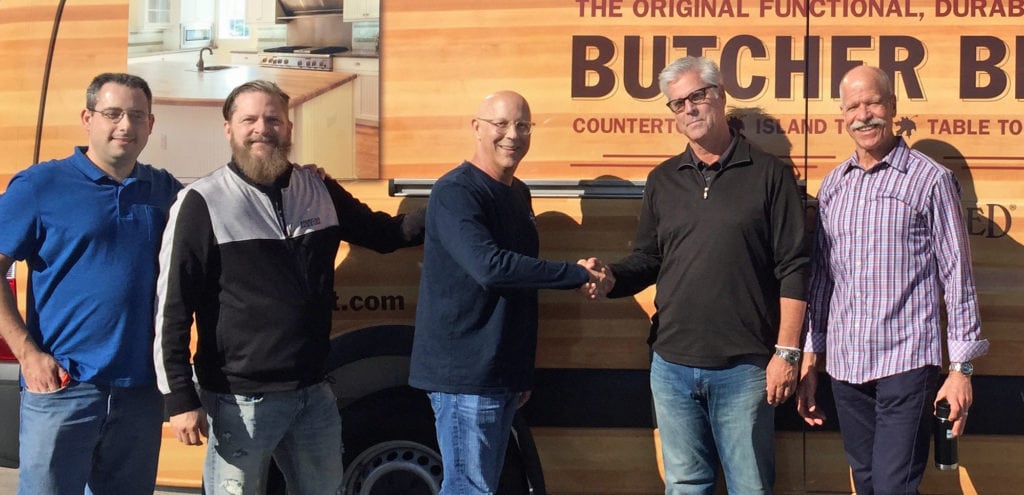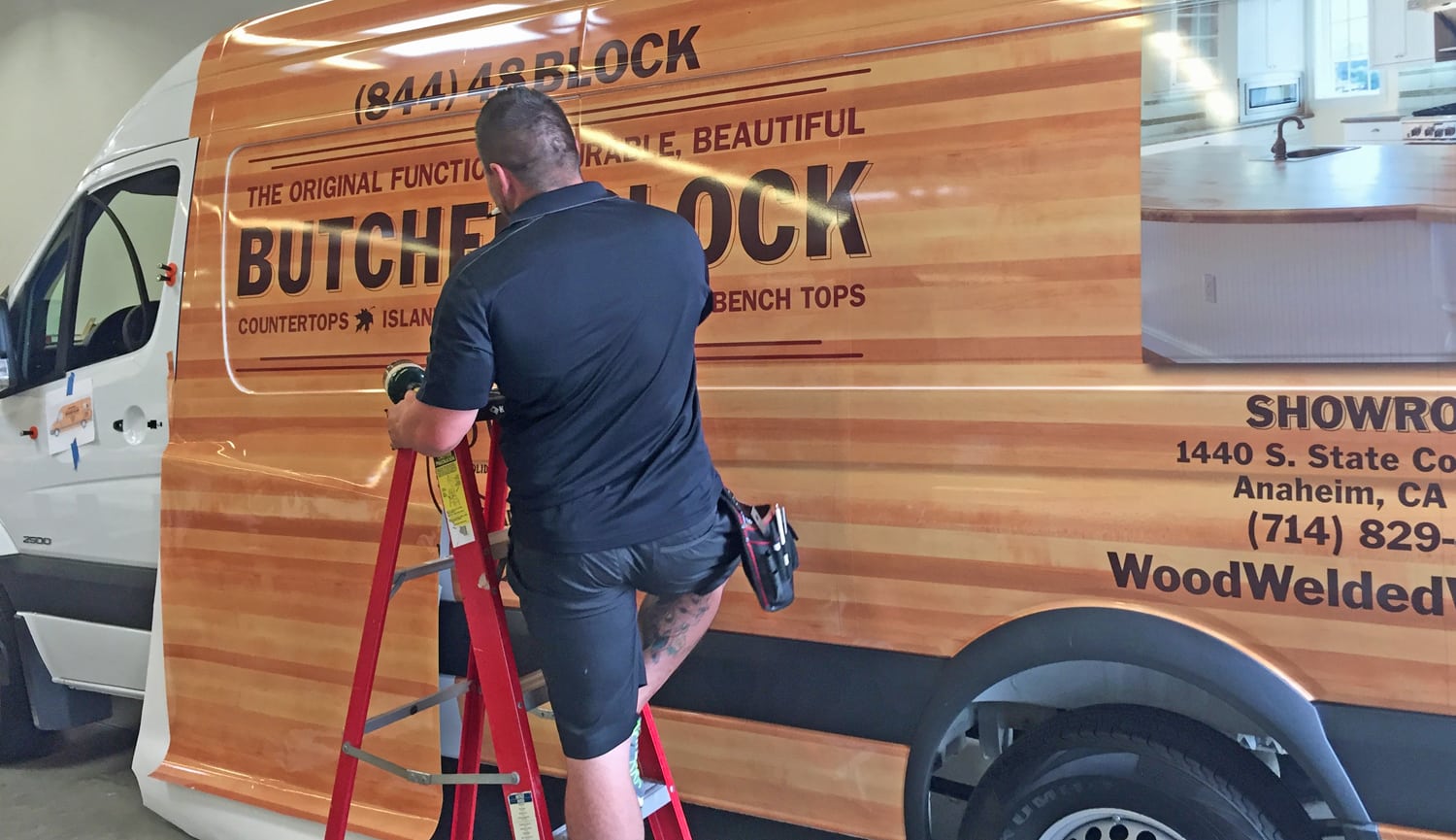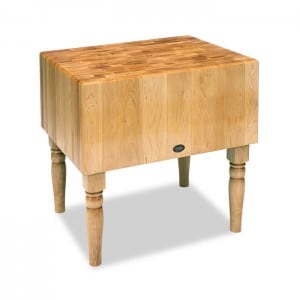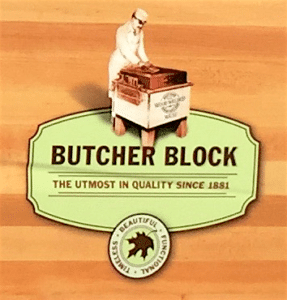
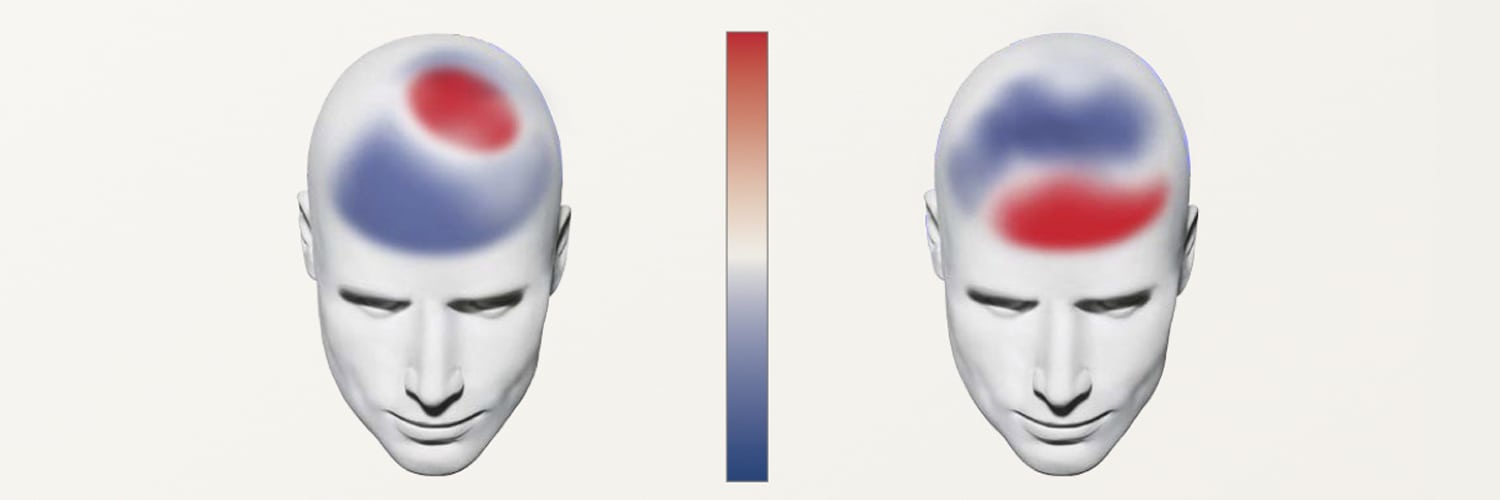
 I recently ran into an old business acquaintance at a social event. We shook hands and talked about old times. When we finished our conversation, I handed him my business card. In return, he offered his card, but before he handed it to me, he took out a pen, crossed out his old email address and wrote in a new one.
I recently ran into an old business acquaintance at a social event. We shook hands and talked about old times. When we finished our conversation, I handed him my business card. In return, he offered his card, but before he handed it to me, he took out a pen, crossed out his old email address and wrote in a new one.
This may not seem like a big deal to you. People change their emails. People even change business addresses and phone numbers. What struck me most about this exchange was the fact that this guy is a printer. This is what he does for a living! How can a printer not have an updated business card?
I guess it’s like the story of the cobbler’s children who have no shoes.
The more I thought about it the more I realized that this happens to many people when it comes to marketing their business.
Different types of marketing collateral
There are many types of promotional collateral used by businesses worldwide. They include business cards, letterhead, brochures, flyers, sell sheets, catalogs, booklets, point-of-purchase displays and more. All of these print materials are used to support a company’s advertising message. It’s how they communicate important information about their company’s products and services. But when was the last time their marketing collateral was updated?
Updating marketing materials
You may be asking yourself, “When should I update my marketing collateral?” Well, if you answer, “yes” to any of the following questions, it’s time to refresh your marketing materials:
- Have you expanded capabilities?
- Have you had any changes in the look and feel of your brand?
- Have you recently won any awards or have new accomplishments that should be featured?
- Do your competitor’s materials look better than yours?
- Have you had any changes to your company that should be communicated to prospects and clients?
Remember, your brochures and other print collateral convey important information about your company’s products and services.
Does your marketing collateral design contain images of products that are three or four years old? What conclusions will your current and prospective clients reach if they see dated material in your promotional products? This can make your company look old and out of date.
Refresh marketing materials using the latest technology
Advances in neuroscience marketing and growth in print technology have opened up some creative ways to update your marketing materials. Research from branding agency Millward Brown suggests that print materials are not just easy to understand they’re also more memorable than digital marketing materials. Check out the video below to learn what Millward Brown and the UK’s Royal Mail discovered about physical and digital marketing pieces.
According to the research, physical media leaves a “deeper footprint” in the brain. Printed materials generate more activity within the area of the brain associated with the integration of visual and spatial information, which suggests that physical material is more “real” to the brain. The research also suggests that the physical presentation may be generating more emotionally vivid memories.
“Print advertising can maximize sensory appeal.” – Roger Dooley
Roger Dooley, author of Brainfluence: 100 Ways to Persuade and Convince Consumers with Neuromarketing, says, “Science clearly shows paper can be more impactful and memorable than digital.” Dooley also believes that “Print offers the ability to deliver rich, vivid images along with tactile stimuli.”
Maximize sensory appeal
 Imagine refreshing your print collateral with a dimensional piece containing a unique texturethat goes beyond the weight of the paper. Create a piece where the consumer can touch and feel the feathers on an image of a bird or the lines in an image of a circuit board, or the rough, bumpy feel of a waffle cone.
Imagine refreshing your print collateral with a dimensional piece containing a unique texturethat goes beyond the weight of the paper. Create a piece where the consumer can touch and feel the feathers on an image of a bird or the lines in an image of a circuit board, or the rough, bumpy feel of a waffle cone.
And, if you want to generate more emotionally vivid memories use the new channels that digital print has opened up for marketers. You now have the ability to add variable text and images that result in personalized direct mail and print collateral. Digital print allows marketers to create several short run point-of-purchase displays that can focus on specific markets. And digital print can now produce all these products using gold ink.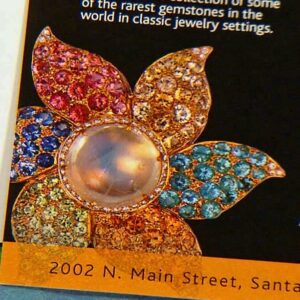
Digital metallic gold offers customers a cost-effective gold metallic solution, especially for lower quantities. Now marketers can use gold more often, or use it in places that might never have been considered.
And, when discussing neuroscience marketing and how physical material is more “real” to the brain, imagine printing on substrates that have a texture like plastics, wood veneer, or cardboard. With Westamerica’s new Komori printing press, if we can run it through the press we can print on it.
So, don’t be “that guy” with the outdated business cards and marketing materials. Remember, your brochures and other print collateral communicate important information about your company’s products and services. When refreshing your marketing materials take advantage of the innovations in printing techniques to connect with your clients on a more memorable level and leave a “deeper footprint” in the brain of your clients.

